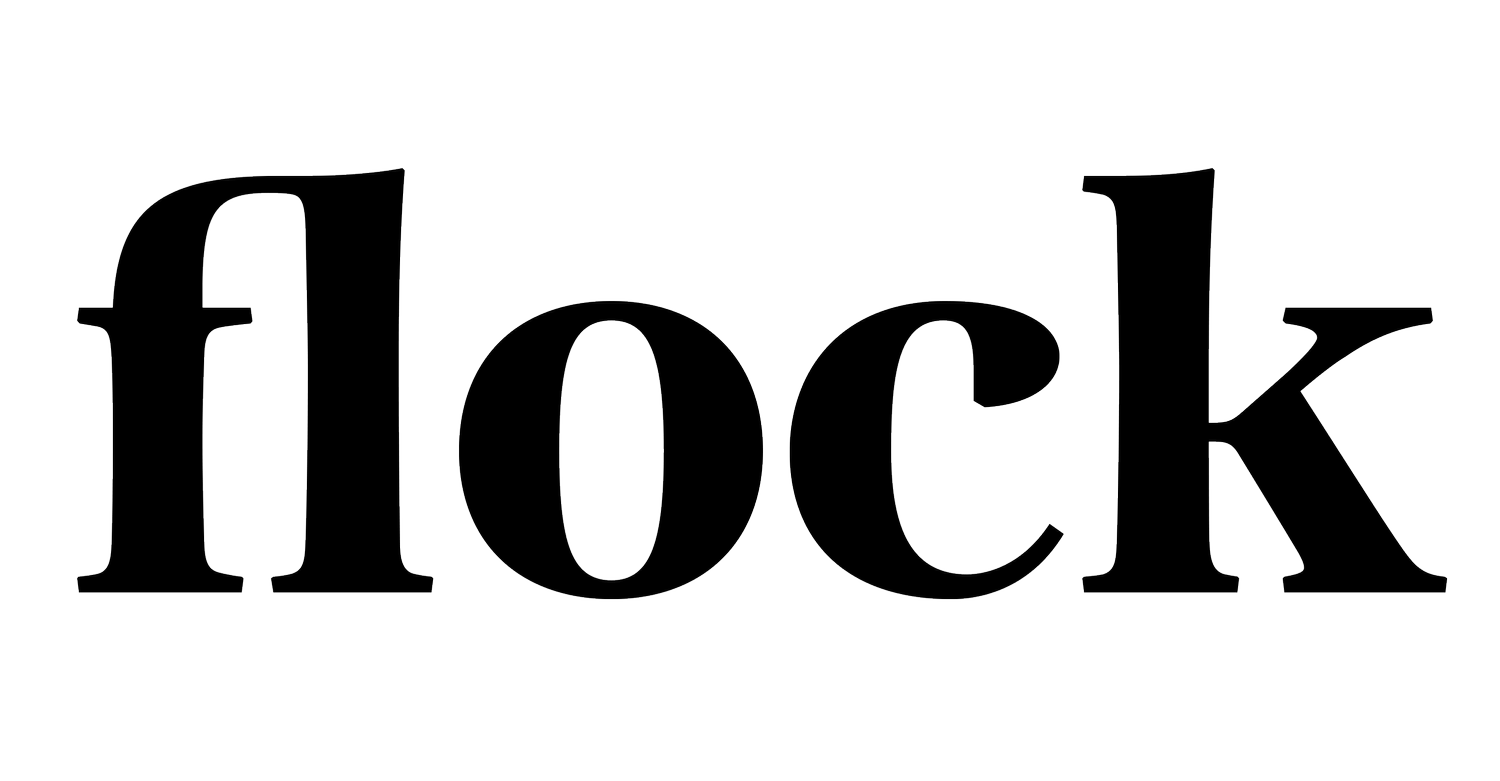What is GOTS Certified Yarn
If you’re anything like me, you recognise the GOTS green t-shirt label from clothes and textiles, and you are probably aware that it means that the product is environmentally ‘better’ in some way. But do you know what it takes for a product to achieve GOTS certification? I certainly didn't. So with the introduction of BC Garn’s Semilla Melange (GOTS) to our shelves I decided it was time to find out exactly what it means for a knitting yarn to be GOTS certified, and what assurance that label gives to consumers.
What does GOTS stand for?
GOTS stands for Global Organic Textile Standard. It’s a certification designed to provide assurance to the end consumer that a textile product has achieved organic status at all stages of its production, from the harvesting of raw fibre, through manufacturing, up to labelling. There is a clearly defined set of criteria that a product must meet in order to become GOTS certified, and certified products can include things like yarn, fabric, clothes, home textiles, mattresses, food contact textiles and more.
How does a product become GOTS certified?
The full standard is detailed in a 48-page document which can be found here. It includes information about what is allowed under the standard for all stages of production of a number of different types of fibre. The parts that apply to wool yarn are summaries below.
Organic Fibre
Right at the start of the process, for a product to carry the GOTS label it must contain at least 70% certified organic fibres. To carry the grade ‘Organic’ label it must contain at least 95% certified organic fibres. For wool to be organic, it must be produced without the use of man-made chemical herbicides and pesticides. It must come from sheep that have been organic fed and raised under organic standards (these must be approved in the IFOAM Family of Standards). Animal fibres must come from animals that were raised in humane conditions. Mulesing of sheep is prohibited.
Dyeing and Treatment
Fibre production, including dyeing must be ecologically non-damaging. Chlorination of wool is prohibited and Dyes classed as allergenic, classified or suspected as carcinogenic or dyes containing heavy metals may not be used. No natural dyes from threatened species may be used. Wastewater from all wet processing sites must be treated in a wastewater treatment plant before being discharged to surface waters.
Social Criteria
People involved in the production of yarn, from farmers to factory workers must work in safe and healthy conditions and may not be exposed to toxic chemicals. They must be fairly compensated for their work and not subjected to discrimination or harassment. No forced labour or child labour may be used.
Certified at every stage
The GOTS logo can only be applied to the final product if all stages comply with the GOTS criteria. Therefore, all processors, manufacturers, and traders of textiles need to be certified. Certification is achieved by applying to an approved certification body, who then carry out an on-site audit to check that all the criteria are met. Certification expires and must be renewed each year.
How can consumers tell if a product is GOTS certified?
GOTS certified products should have a complete label, which includes the GOTS logo, the label grade (e.g. organic), the certifiers reference and a license number. Only correct labelling provides assurance to customers that a product is GOTS certified. There is also a Certified Suppliers Database where you can check if a supplier is certified.
Who is responsible for the standard?
The standard was developed in 2002 by four founding organisations: International Association Natural Textile Industry (Germany), Japan Organic Cotton Association (Japan), Organic Trade Association (USA) and Soil Association (UK). These organisations formed a non-profit legal entity under German Law, which oversees the implementation of the textile standard. They have an Advisory Council, a Standards Committee, and regional representatives who are responsible for promoting GOTS in their own regions. GOTS uses approved certification bodies to carry out the inspections necessary for certification.
In Conclusion
I’ve been pleasantly surprised by how thorough the GOTS standard is, and especially that its scope is much wider than simply ensuring that the fibre is organic. It’s no secret that the later stages of yarn production such as the scouring and dyeing of wool can be incredibly environmentally damaging, so it’s great that these are all taken into consideration, and now when I see the GOTS symbol I will be confident that standards have been met at every stage of production, which can only be a good thing.
Sources/Further Reading
The Global Organic Textile Standard Website
What Does GOTS Certified Mean? - Making Stories Magazine Website

